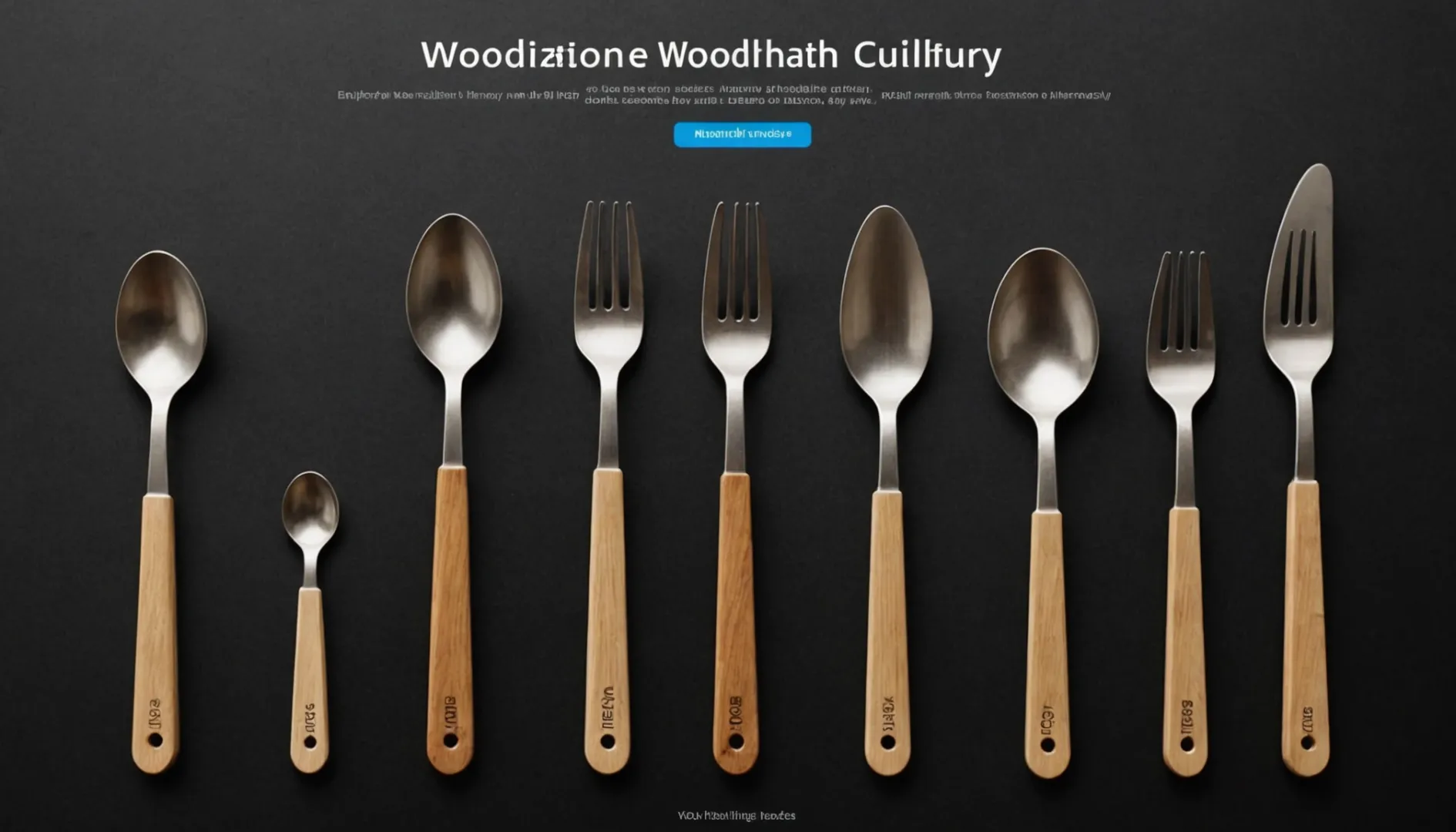
Ever wondered how disposable wooden cutlery stays clean and safe for your meal? Here's the scoop!
Disposable wooden cutlery is sterilized using steam, chemical agents, radiation, dry heat, and UV light to ensure it is safe for food contact. These methods eliminate harmful microorganisms, making the cutlery hygienic and ready for use.
Imagine this: you're at a family picnic, the sun is shining, and everyone’s ready to dive into a delicious spread. But have you ever paused to think about the safety of those eco-friendly wooden forks and knives? I did, and it turns out there's a fascinating world of sterilization techniques behind them. Steam sterilization, for example, uses high-pressure steam to thoroughly cleanse the cutlery. Then there's chemical sterilization, ideal for those sensitive items that can’t handle heat. Radiation comes into play for large-scale production, while dry heat and UV light also have their roles. Each method ensures that when we sit down to eat, our utensils are as safe as they are sustainable.
Steam sterilization uses high-pressure steam at 121°C.True
Steam sterilization effectively kills microorganisms using steam at 121°C.
UV light penetrates deeply into porous wooden materials.False
UV treatment is effective for surface disinfection but lacks deep penetration.
Why is steam sterilization perfect for wooden cutlery?
Ever wondered why wooden cutlery stays so pristine? Let me take you on a journey through the fascinating world of steam sterilization!
Steam sterilization uses high-pressure steam at around 121°C to effectively eliminate bacteria, viruses, and spores on wooden cutlery. This method is preferred for its deep penetration into porous materials, ensuring thorough disinfection without damaging the wood.
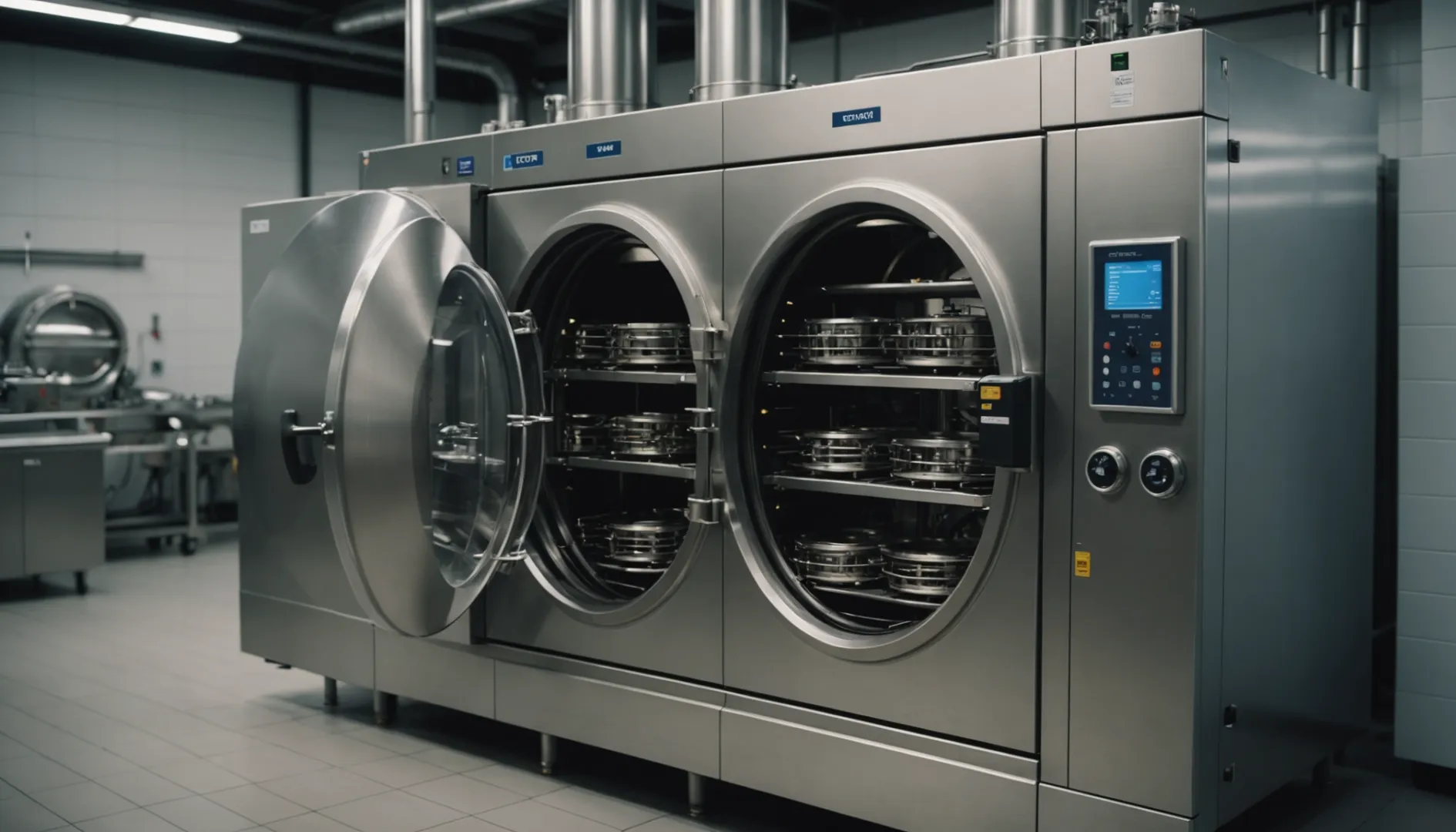
Understanding Steam Sterilization
Imagine walking into a bustling kitchen where the aroma of fresh herbs fills the air. In the corner, there's a shiny contraption that looks like something out of a sci-fi movie—an autoclave. My first encounter with one was a bit intimidating, but understanding its magic made all the difference.
The process starts when this machine heats water to create steam. Inside, it reaches scorching temperatures of about 121°C (that's 250°F if you're like me and sometimes get lost in conversions). This isn't just any steam; it's under high pressure, which means it gets into every nook and cranny of whatever's inside. For wooden cutlery, which can be as porous as a sponge, this means bacteria don't stand a chance.
Why Steam Sterilization Works for Wooden Cutlery
When I first learned about steam sterilization1, I was amazed by its simplicity and effectiveness. Think about those tiny microorganisms hiding in the crevices of wooden utensils—steam is like their worst nightmare. Unlike UV treatments that skim the surface, steam wraps around the entire piece, ensuring everything is squeaky clean.
What I love most is that this method doesn’t rely on harsh chemicals. If you're like me and care about keeping things natural, this is a game-changer. You can rest easy knowing your cutlery remains in its purest form—no chemical residues, just good old-fashioned cleanliness.
Comparing Steam Sterilization with Other Methods
In my quest to understand sterilization, I stumbled upon other methods too. Chemical sterilization uses agents like ethylene oxide—effective but not something I'd want near my dinner. Radiation sounds impressive, using ionizing rays to zap away germs, but it's more suited for industrial settings.
Then there's dry heat sterilization2, which is like baking your utensils. While effective, it's not ideal for sensitive materials. Each method has its perks, but if you're prioritizing environmental impact and comprehensive cleaning for your wooden cutlery, steam sterilization is hard to beat.
Steam sterilization is the most effective for wooden cutlery.True
Steam sterilization penetrates porous wood, killing bacteria effectively.
UV light treatment can deeply penetrate wooden cutlery.False
UV light is effective on surfaces but doesn't penetrate deeply into wood.
How Do Chemical Agents Ensure the Sterility of Wooden Cutlery?
Have you ever wondered how your wooden cutlery stays germ-free and safe for meals?
Chemical agents like ethylene oxide and hydrogen peroxide vapor ensure the sterility of wooden cutlery by effectively penetrating its surface to eliminate bacteria and spores. These chemicals work at lower temperatures, preserving the integrity of the cutlery while maintaining high sterility levels, making them ideal for heat-sensitive materials.
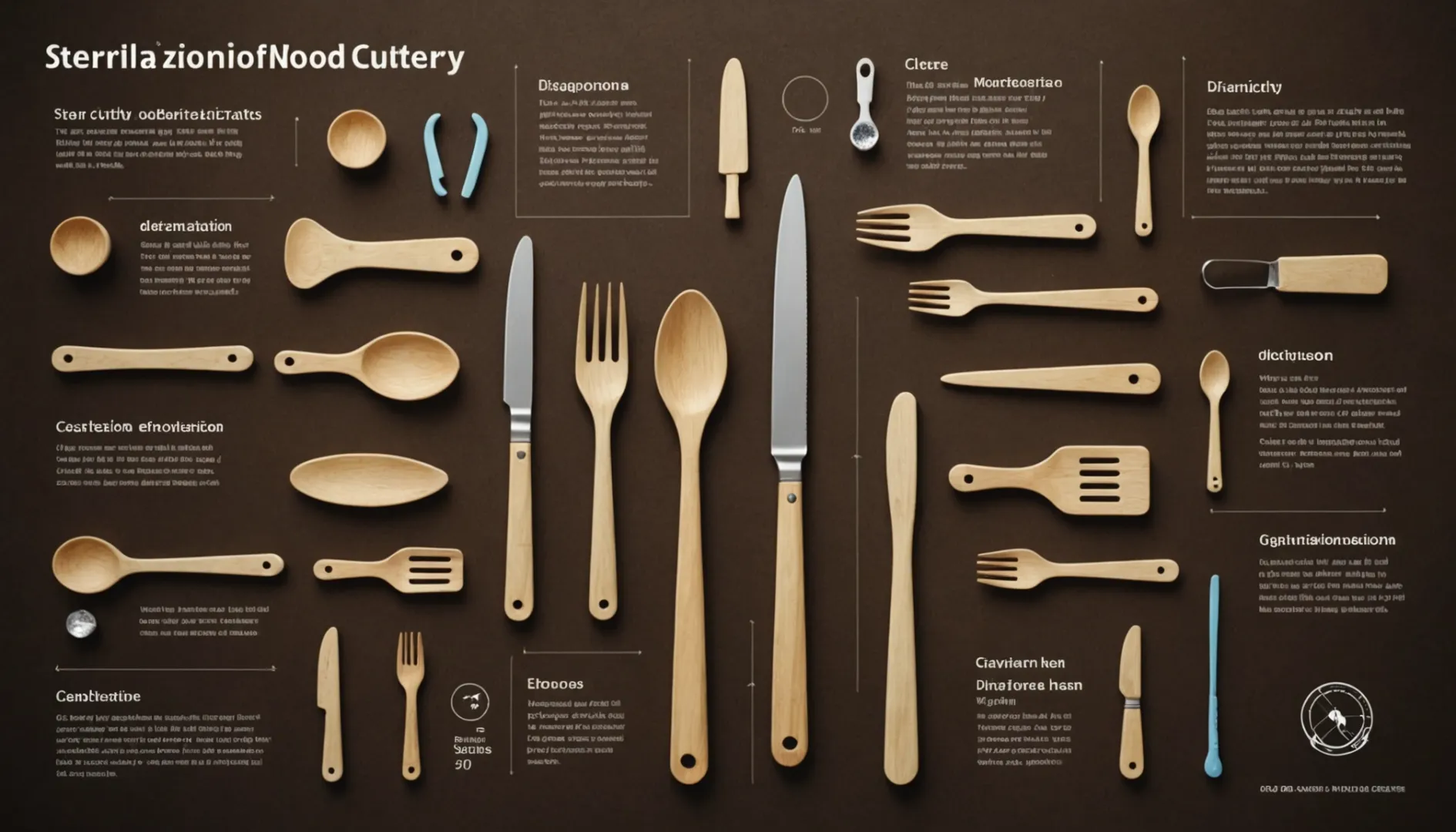
Understanding Chemical Sterilization
Chemical sterilization involves using specific agents that can destroy microorganisms on surfaces such as wooden cutlery. I remember the first time I learned about how wooden cutlery is sterilized—I was intrigued! We often overlook the intricacies of what keeps our everyday items safe. The magic happens through chemical agents like ethylene oxide (EtO) and hydrogen peroxide vapor, which are superheroes in the world of sterilization.
One common chemical used is ethylene oxide (EtO), which is a gas at room temperature and can penetrate the porous surfaces of wood to eliminate bacteria, viruses, and spores. Ethylene oxide3 is highly effective because it disrupts the DNA of microorganisms, rendering them unable to reproduce. Imagine it like tiny warriors going into battle against harmful microorganisms, making sure they can't multiply and spread.
Similarly, hydrogen peroxide vapor acts like a powerful cleaning agent, penetrating the surface of wood to oxidize proteins and lipids in bacteria cells. This oxidative process effectively deactivates these pathogens, ensuring that your cutlery is free from contamination. And because these methods operate at lower temperatures, they don't compromise the quality or structure of your wooden utensils.
Application and Effectiveness
The application of these chemical agents typically involves sealing the wooden cutlery in a chamber where the gas or vapor can be evenly distributed—like something out of a sci-fi movie! This process ensures that all surfaces are exposed to the chemical, maximizing the sterilization effect. It’s crucial for operations to maintain strict control over exposure time and concentration levels to ensure that the treatment is effective while also adhering to safety standards.
The effectiveness of chemical sterilization makes it a preferred choice for industries where maintaining product integrity is essential, such as in food service settings where wooden cutlery is often used. The ability of these agents to penetrate deeply into porous materials like wood is a significant advantage, ensuring comprehensive sterility that other methods may not achieve. Comparative studies4 have shown that chemical sterilization can be more effective than steam or UV treatments, particularly for items sensitive to heat and moisture.
Safety and Environmental Considerations
While this method is super effective, it's essential to handle these chemicals with care. Ethylene oxide can be toxic and needs to be managed with adequate safety measures to protect workers and consumers alike. Regulatory bodies often set strict guidelines on its use due to its toxic nature.
Hydrogen peroxide breaks down into water and oxygen but still requires careful handling as its concentrated form can be corrosive. Facilities need to follow strict protocols and have proper equipment to manage these substances responsibly.
I’ve often thought about the balance companies must maintain between effectiveness and safety—a delicate dance that ensures we enjoy our meals with peace of mind knowing our utensils are safe. Understanding these dynamics helps ensure that the chosen method aligns with both operational priorities and regulatory requirements.
Steam sterilization is ineffective for wooden cutlery.False
Steam sterilization effectively penetrates porous materials like wood.
UV light treatment penetrates deeply into wood.False
UV treatment is effective for surface disinfection, not deep penetration.
Can Radiation Sterilization Ensure Long-Term Safety for Wooden Utensils?
Have you ever wondered if radiation can make your wooden spoons safer for long-term use? Let's find out!
Radiation sterilization uses ionizing radiation to kill microorganisms in wooden utensils, ensuring their safety for food contact. While effective initially, long-term safety relies on proper storage and handling to prevent recontamination. Securing utensils in appropriate packaging is essential for maintaining their sterility over time.
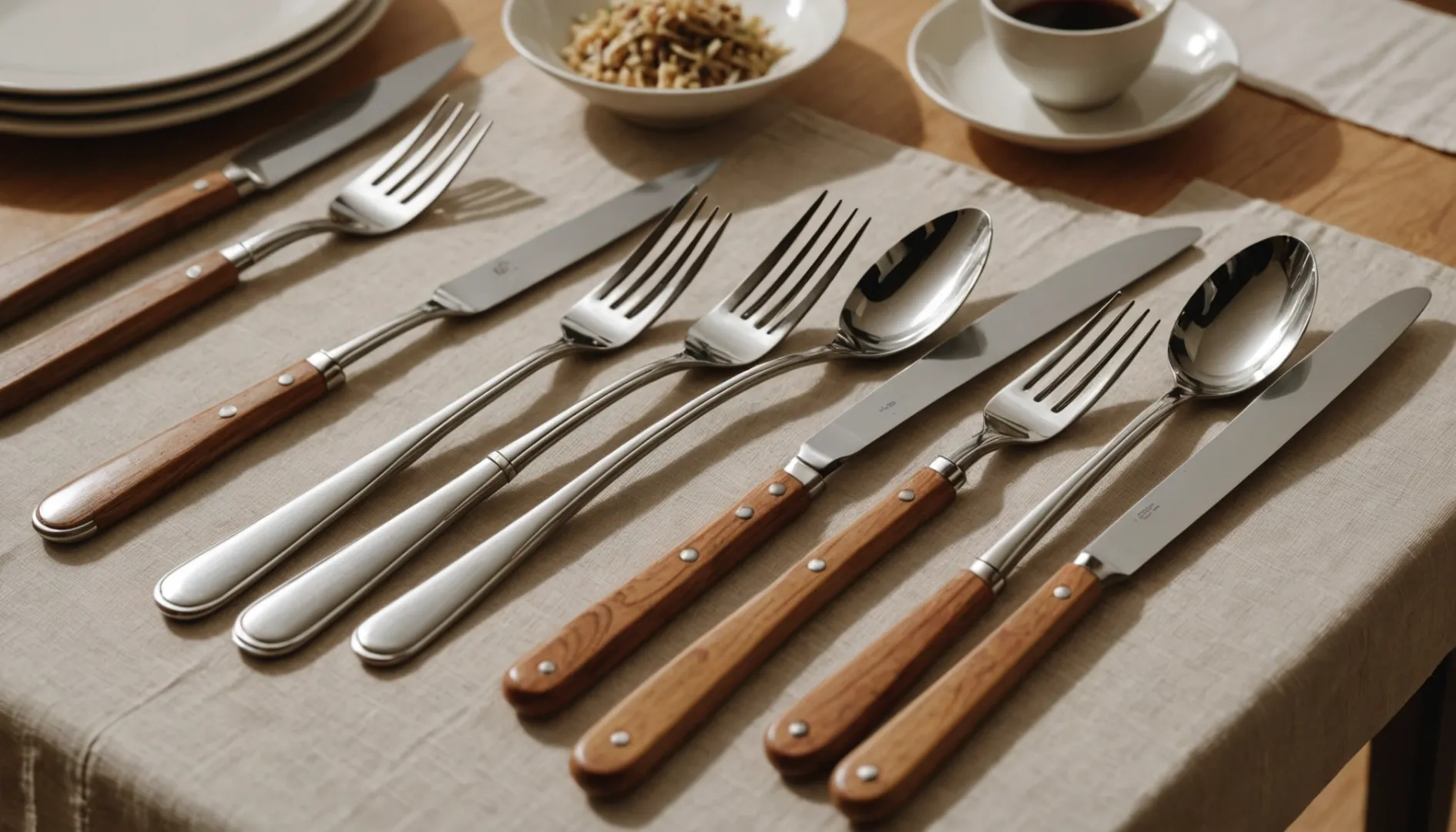
Understanding Radiation Sterilization
I remember the first time I heard about using radiation for sterilizing things. My initial reaction was a mix of curiosity and skepticism—who wouldn't wonder about zapping stuff to keep it clean? Radiation sterilization involves the use of gamma rays or electron beams to sterilize materials by disrupting the DNA of microorganisms. It's like sending these little invaders into a sci-fi showdown, ensuring even the hidden layers of wooden utensils are free from harmful bacteria. Unlike steam sterilization5, which relies on heat and moisture, radiation offers a dry and efficient alternative suitable for large-scale production.
Advantages of Radiation Sterilization
One day, while packing away some old wooden spoons, I thought about how amazing it is that these utensils can stay safe and usable for so long with the right treatment. One of the primary benefits of using radiation sterilization is its effectiveness in maintaining sterility over long periods. This is particularly advantageous in scenarios where wooden utensils6 need to be stored before use. Additionally, this method doesn't leave any chemical residue, ensuring that utensils remain safe and suitable for food contact without affecting taste or quality.
Potential Concerns and Limitations
Despite its effectiveness, there are concerns about recontamination during storage and handling. It reminds me of that time I carefully cleaned my kitchen, only to realize I left the window open all night—inviting dust back in! Without proper packaging, sterilized wooden utensils might become exposed to new contaminants. Moreover, the impact of ionizing radiation on the structural integrity of wood over time remains an area requiring further study. While radiation doesn't introduce chemicals, it may alter the physical properties of wood, potentially affecting longevity.
The Role of Packaging and Handling
Ensuring long-term safety isn't just about the sterilization process itself; it's also about how utensils are packaged and handled post-sterilization. Think about it like wrapping up a precious gift—you want it to stay perfect until it's unwrapped. Effective packaging solutions, like vacuum-sealed pouches or UV-resistant containers, can help maintain sterility. Furthermore, educating users on proper handling techniques can prevent cross-contamination, especially in environments with strict hygiene standards.
To stay updated on trends in radiation sterilization, consider exploring current research and developments7 in the field. Understanding these dynamics can provide insights into the future of sterilization technologies and their applications in food safety.
Radiation sterilization is safe for wooden cutlery.True
Radiation effectively kills microorganisms, ensuring long-term safety.
UV light penetrates deeply into wood for sterilization.False
UV light is effective for surfaces but doesn't penetrate deeply.
Is UV Light Treatment Sufficient for Surface Sterilization of Wooden Cutlery?
Imagine relying on UV light to keep your wooden spoons safe from germs! But is it really enough?
While UV light treatment can sterilize surfaces by disrupting microbial DNA, it's not fully effective on porous materials like wood, requiring additional sterilization methods for comprehensive safety.
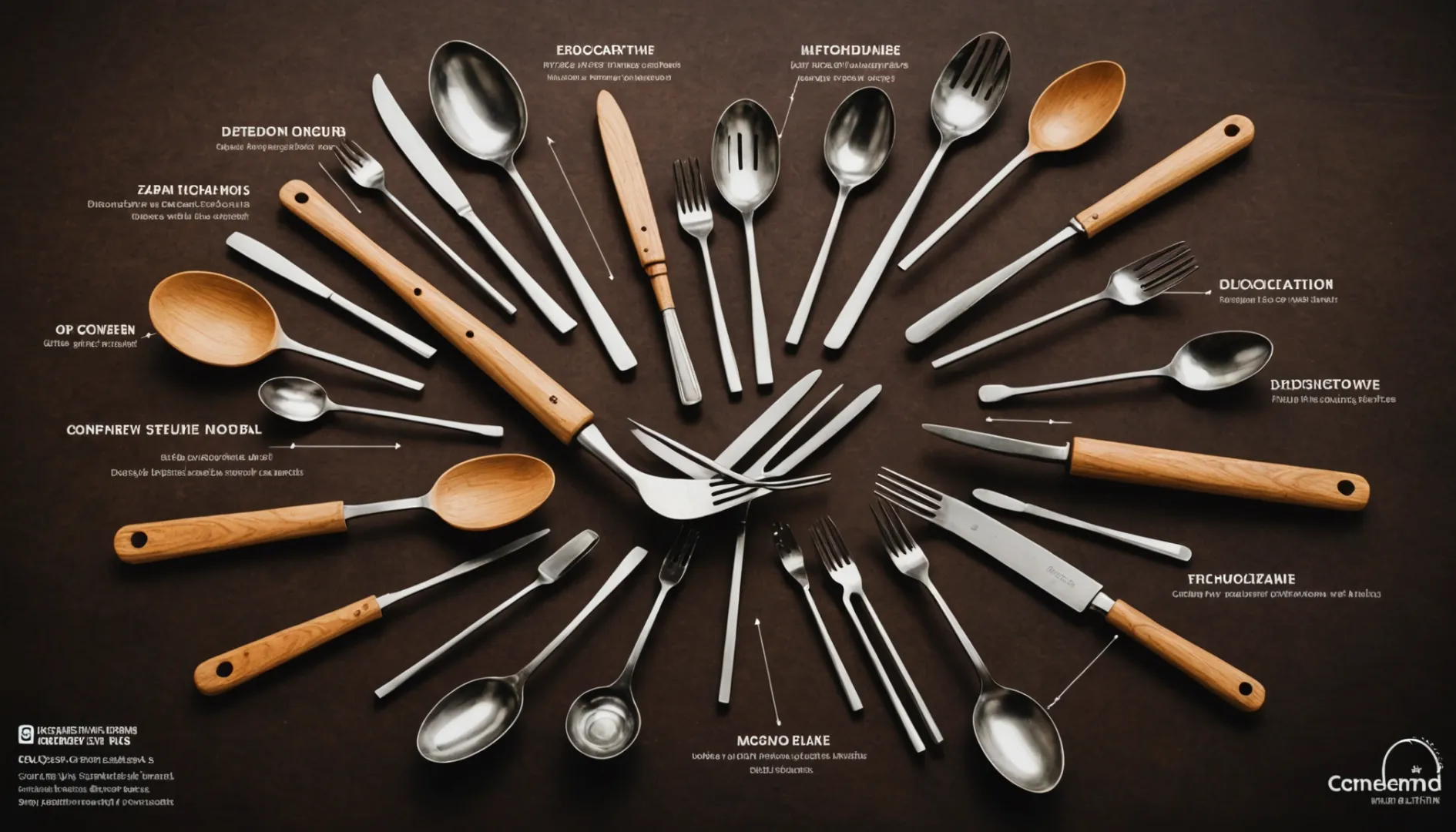
Understanding UV Light Treatment
I remember when I first learned about UV light sterilization. It felt like discovering some kind of futuristic magic—just shine a light and zap! The germs are gone. Essentially, UV light works by damaging the DNA of microorganisms, rendering them unable to reproduce and cause harm. It’s quick, doesn’t involve chemicals, and that’s why I initially thought it was a fantastic option for disinfecting everything in my kitchen.
Limitations on Wooden Surfaces
However, here's the catch that I found out the hard way when trying to sterilize some old wooden spoons: wood is a tough nut to crack. It's porous, meaning UV light can only clean the surface level while bacteria might hide deeper inside the grooves. This became clear to me after an unfortunate incident with a wooden cutting board that smelled funky despite my best UV efforts. It taught me that for wooden surfaces, relying solely on UV is like trying to sunbathe in the shade—you're not getting the full effect.
Comparing with Other Sterilization Methods
I started exploring other options after my little mishap. Steam sterilization8, for instance, is like giving the cutlery a sauna session—it penetrates the wood deeply, effectively killing microorganisms throughout. Chemical sterilization9 offers another layer of protection, using agents that seep into the wood to ensure thorough disinfection. Unlike UV, these methods can reach those pesky bacteria hiding within.
Best Practices for Using UV Light
From my experience, UV treatment should be part of a broader strategy. Think of it as an initial step—perhaps a quick chemical wash followed by UV treatment can enhance overall effectiveness. Ensuring even exposure to UV light is crucial too. Shadows and uneven surfaces are the enemy here, providing safe havens for bacteria. For more insights into blending these techniques effectively, you might want to check out integrated sterilization techniques10. Trust me, mixing methods is the way to go if you're aiming for spotless cutlery.
UV light penetrates deeply into wooden cutlery.False
UV light is effective for surface disinfection but doesn't penetrate deeply.
Steam sterilization is widely used in food service environments.True
Steam sterilization is highly effective and common in food services.
Conclusion
Disposable wooden cutlery is sterilized using steam, chemicals, radiation, dry heat, and UV light to eliminate microorganisms, ensuring safety and hygiene for food contact.
-
Explore why steam is a preferred sterilization method. ↩
-
Discover how dry heat compares to steam sterilization. ↩
-
Learn about ethylene oxide's role in sterilizing medical and food products. ↩
-
Discover the advantages of chemical sterilization over steam or UV methods. ↩
-
Learn about steam sterilization's effectiveness in eliminating microorganisms. ↩
-
Discover insights on the safety of wooden utensils post-radiation. ↩
-
Explore advancements in radiation sterilization for food safety. ↩
-
Discover how steam penetrates deeper than UV for comprehensive sterilization. ↩
-
Learn why chemicals may offer superior penetration and effectiveness. ↩
-
Explore strategies combining multiple sterilization techniques for better results. ↩

